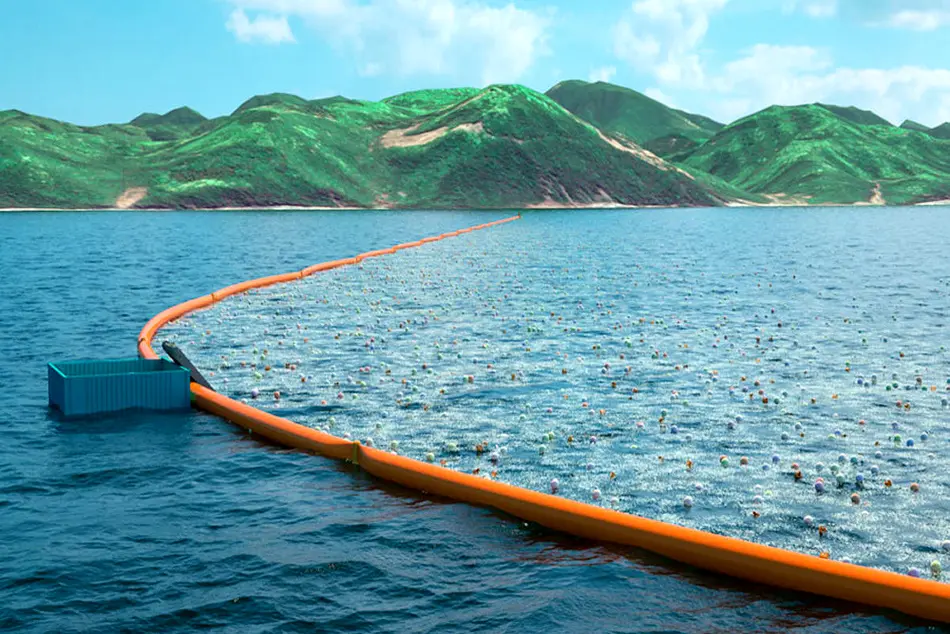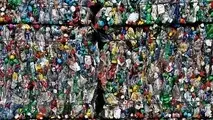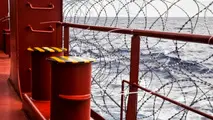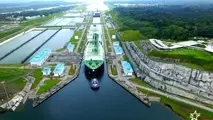Using technology to reduce plastics in the oceans
Our oceans are currently facing three major challenges: climate change, overfishing and pollution. Plastic pollution in particular is increasing and has received international attention from governments, media and large sections of the public. In order to mitigate this problem, technology might give the solution.

Our oceans are currently facing three major challenges: climate change, overfishing and pollution. Plastic pollution in particular is increasing and has received international attention from governments, media and large sections of the public. In order to mitigate this problem, technology might give the solution.
Plastic pollution is a major issue, especially in some parts of the developing world, and in large open ocean gyre systems, where the ocean current meet. In addition, micro-plastics can be proven extremely harmful to the environment, especially when ingested by animals. Specifically, they produce chemicals and contaminants, which if they are absorbed by animals when they eat them, they can affect their health and their behaviour.
However, technology can provide valuable solutions. Namely, the Ocean Cleanup uses several 600-metre long barriers to float in the ocean current and catch plastic drifting in the surface waters of the gyres. It was invented by a then 19-year-old student, and is trying to limit ocean plastic on a large scale.
In addition, Peter Kohler, Plastic Tide's director, came up with an idea to measure the size of plastic effectively. Namely, using drone-mounted cameras, a large number of aerial photos are taken.
These photos will be later used in order to train AI to identify images of plastic waste and know the difference between shells, jellyfish or plastic products.
Many volunteers and scientists are taking part in the project, to help the machine learn how to identify plastic. This technology aims to create an accurate map of the worst-polluted coastlines. It also aims to monitor the seabed and the sea surface.
In the future, Mr. Kohler hopes to create a system which will be able to document the spread of plastics in real time. If this happens, it will not only provide an accurate map of where plastics are, but it could also improve the impact of policies, such as those banning plastic bags.
However, these initiatives alone are not enough. In order to reduce the plastic pollution, we must produce less, and throw away less of it. This requires changes in industrial processes, and government policies globally.



